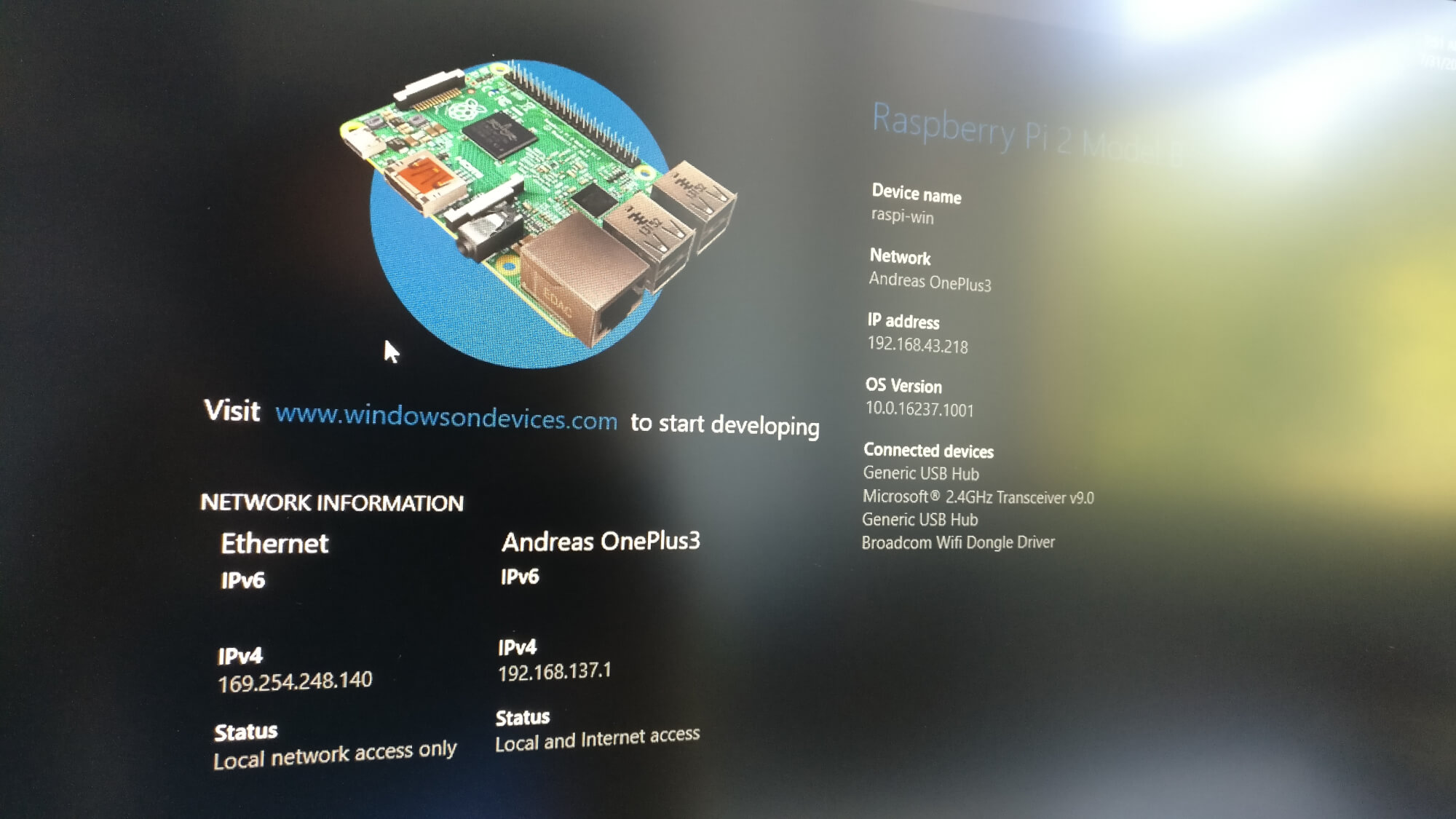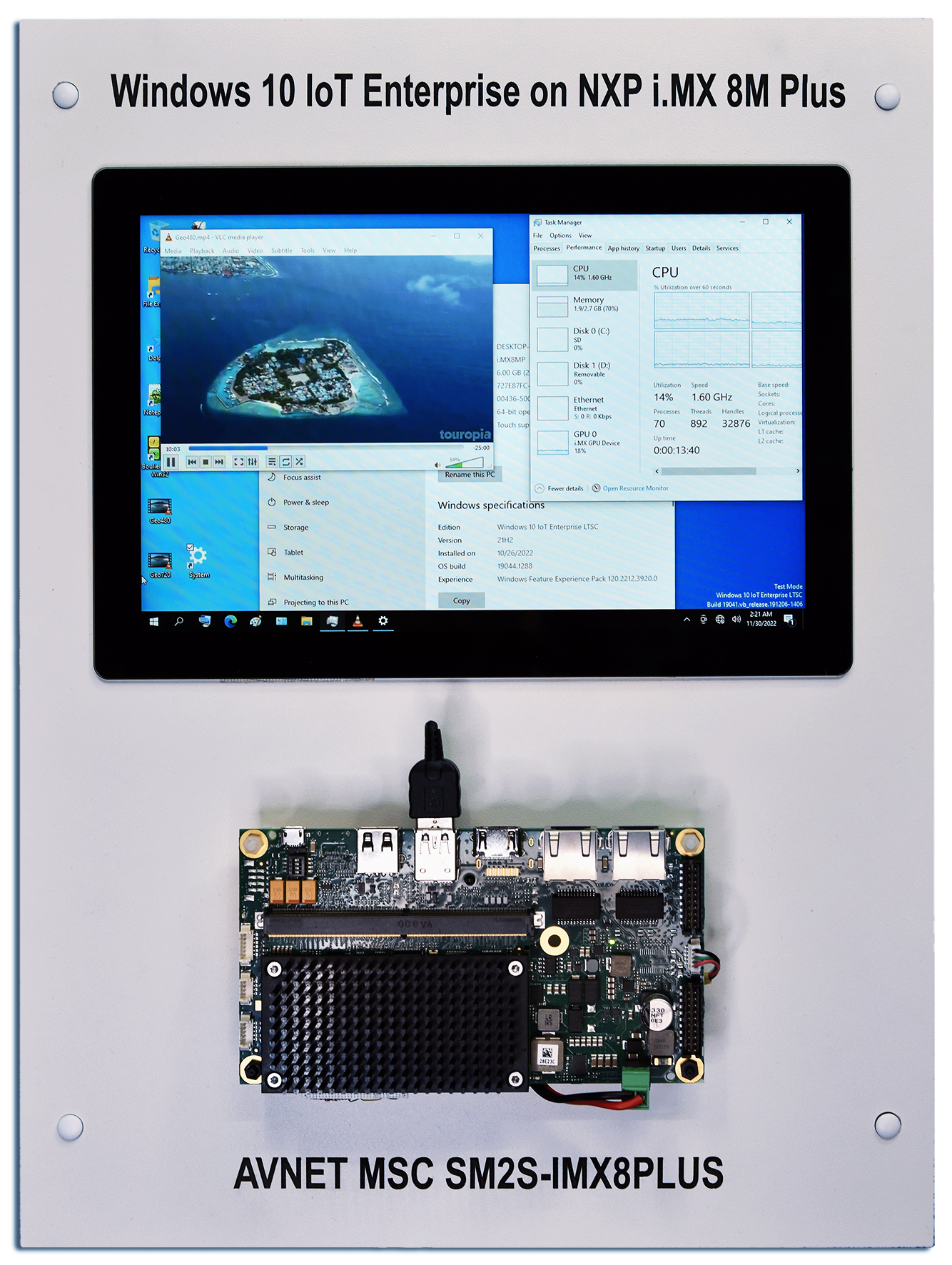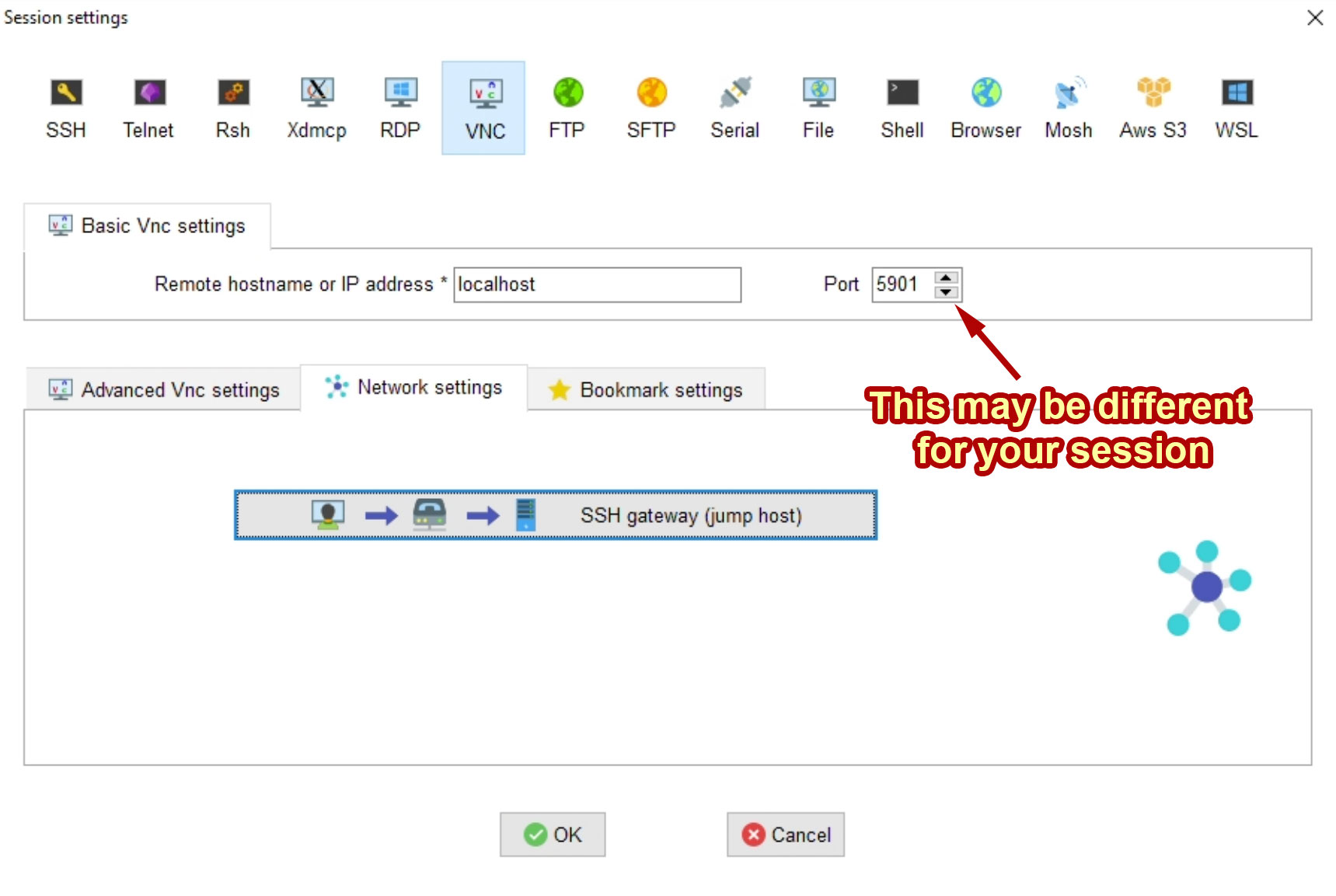Hey there, tech enthusiasts! If you're looking to access IoT devices via VNC on Windows 10, you're in the right place. This guide will walk you through everything you need to know about setting up, troubleshooting, and optimizing your remote connections. Whether you're a beginner or an advanced user, we've got you covered. So, let's dive right in and explore how to make your IoT VNC Windows 10 experience seamless and efficient!
Imagine being able to control your IoT devices from anywhere in the world. Sounds pretty cool, right? Well, with VNC on Windows 10, that dream becomes a reality. VNC, or Virtual Network Computing, allows you to remotely access and control computers or IoT devices as if you were sitting right in front of them. It's like having a superpower for your tech needs.
But hold up—before we get too deep into the nitty-gritty, let's make sure you understand the basics. Accessing IoT devices via VNC on Windows 10 isn't just about clicking a few buttons. It requires a bit of setup, some troubleshooting know-how, and a dash of patience. Don't worry; we'll break it all down for you step by step. So, grab your favorite beverage, and let's get started!
- Chip And Joanna Gaines Net Worth A Deep Dive Into Their Financial Empire
- Fumi Sushi Restaurant Modesto Ca A Culinary Gem You Cant Miss Out On
What is VNC and Why Use It for IoT on Windows 10?
VNC is more than just a fancy acronym; it's a powerful tool that lets you remotely access and control devices. For IoT enthusiasts, this means you can manage your smart home devices, sensors, or even industrial equipment without being physically present. With Windows 10, VNC becomes even more accessible and user-friendly.
Here’s why VNC is a game-changer:
- It allows real-time interaction with IoT devices.
- You can troubleshoot issues remotely, saving time and effort.
- It's compatible with a wide range of devices and platforms.
- VNC offers secure connections with encryption options.
So, if you're ready to take your IoT game to the next level, let's move on to the next section and see how to set it up.
- Unleashing The Power Of Radical Red Pokedex Your Ultimate Guide
- Unveiling The Truth Behind Tiger Woods Mother Age Ndash A Journey Through Time
Setting Up VNC on Windows 10 for IoT Access
Setting up VNC on Windows 10 is easier than you might think. Follow these steps to get your IoT devices connected in no time:
Step 1: Install a VNC Server
First things first, you'll need to install a VNC server on the device you want to control. Popular options include RealVNC, TightVNC, and UltraVNC. Choose the one that best suits your needs and download it from their official website.
Step 2: Configure the VNC Server
Once installed, open the VNC server and configure the settings. Make sure to set a strong password and enable encryption for added security. You can also adjust the display settings to optimize performance based on your internet connection.
Step 3: Install a VNC Viewer on Windows 10
Next, download and install a VNC viewer on your Windows 10 machine. This will allow you to connect to the VNC server and control your IoT devices remotely. Again, RealVNC, TightVNC, and UltraVNC are great options.
With these steps complete, you're ready to start accessing your IoT devices from anywhere. But wait—there's more! Let's talk about optimizing your setup for the best possible experience.
Optimizing VNC Performance for IoT Devices
Now that you've set up VNC on Windows 10, it's time to fine-tune your configuration for optimal performance. Here are a few tips to help you get the most out of your remote connections:
- Use a wired connection whenever possible for faster and more stable performance.
- Adjust the screen resolution and color depth settings to balance speed and quality.
- Enable compression to reduce bandwidth usage, especially if you're connecting over the internet.
- Keep your VNC software updated to benefit from the latest features and security improvements.
By following these tips, you'll ensure a smooth and reliable connection to your IoT devices. But what happens if things go wrong? Let's tackle that next.
Troubleshooting Common VNC Issues
Even the best-laid plans can go awry, and VNC is no exception. Here are some common issues you might encounter and how to fix them:
Problem 1: Connection Refused
If you're unable to connect to your VNC server, double-check the IP address and port number. Ensure that the VNC server is running and that any firewalls or security software aren't blocking the connection.
Problem 2: Slow Performance
Slow connections can be frustrating, but there are ways to improve them. Try reducing the screen resolution, enabling compression, or switching to a wired connection. If you're connecting over the internet, consider using a VNC relay service to improve speed and reliability.
Problem 3: Security Concerns
Security should always be a top priority when using VNC. Use strong passwords, enable encryption, and consider setting up a VPN for added protection. Regularly update your VNC software to patch any vulnerabilities.
With these troubleshooting tips in your arsenal, you'll be ready to handle whatever challenges come your way. Now, let's explore some advanced features to take your VNC setup to the next level.
Advanced VNC Features for IoT on Windows 10
Once you've mastered the basics, it's time to explore some of the more advanced features that VNC has to offer:
- File transfers: Many VNC clients allow you to transfer files between your local machine and the remote device, making it easy to share data.
- Multiple sessions: Some VNC servers support multiple simultaneous connections, allowing multiple users to access the same device at the same time.
- Scripting and automation: Advanced users can use scripting to automate tasks, such as starting or stopping services, scheduling backups, or running diagnostic tests.
These features can significantly enhance your IoT management capabilities, making your life easier and more efficient. But remember, with great power comes great responsibility—always prioritize security and privacy.
Security Best Practices for VNC on Windows 10
Security is a critical aspect of any remote access solution, and VNC is no exception. Here are some best practices to keep your IoT devices and data safe:
- Use strong, unique passwords for each VNC connection.
- Enable encryption to protect your data during transmission.
- Limit access to trusted users and devices only.
- Regularly update your VNC software to patch any known vulnerabilities.
- Consider setting up a firewall or using a VPN for an extra layer of protection.
By following these best practices, you'll ensure that your IoT devices remain secure and protected from unauthorized access. Now, let's take a look at some real-world examples of VNC in action.
Real-World Applications of VNC for IoT on Windows 10
VNC has a wide range of applications in the IoT space. Here are just a few examples:
Smart Home Management
Use VNC to remotely control your smart home devices, such as thermostats, lighting systems, and security cameras. This allows you to monitor and adjust settings from anywhere, ensuring your home is always comfortable and secure.
Industrial Automation
In industrial settings, VNC can be used to monitor and control machinery and equipment. This is especially useful for troubleshooting issues or performing routine maintenance without needing to be physically present.
Remote Support
VNC is also a valuable tool for providing remote support to customers or colleagues. By allowing them to share their screen, you can diagnose and resolve issues quickly and efficiently.
These examples demonstrate the versatility and power of VNC in the IoT world. But don't just take our word for it—let's see what the experts have to say.
Expert Insights and Industry Trends
According to a recent report by [Source], the VNC market is expected to grow significantly over the next few years, driven by increasing demand for remote access solutions in the IoT space. Experts agree that VNC offers a reliable and secure way to manage IoT devices, making it an essential tool for businesses and individuals alike.
As the IoT landscape continues to evolve, VNC is likely to play an increasingly important role in enabling remote access and control. With advancements in encryption, compression, and automation, the future looks bright for VNC users.
Conclusion: Take Control of Your IoT Devices Today
And there you have it—a comprehensive guide to accessing IoT devices via VNC on Windows 10. From setting up your VNC server to optimizing performance and ensuring security, we've covered everything you need to know to make the most of this powerful tool.
Remember, the key to success with VNC is preparation and patience. Take the time to set up your system properly, familiarize yourself with the features, and don't be afraid to ask for help if you run into issues. And most importantly, have fun exploring the possibilities of remote access and control!
So, what are you waiting for? Get out there and start controlling your IoT devices like a pro. Don't forget to leave a comment or share this article with your friends and colleagues. Until next time, stay tech-savvy and keep innovating!
Table of Contents
- Access IoT VNC Windows 10: The Ultimate Guide to Remote Control
- What is VNC and Why Use It for IoT on Windows 10?
- Setting Up VNC on Windows 10 for IoT Access
- Step 1: Install a VNC Server
- Step 2: Configure the VNC Server
- Step 3: Install a VNC Viewer on Windows 10
- Optimizing VNC Performance for IoT Devices
- Troubleshooting Common VNC Issues
- Problem 1: Connection Refused
- Problem 2: Slow Performance
- Problem 3: Security Concerns
- Advanced VNC Features for IoT on Windows 10
- Security Best Practices for VNC on Windows 10
- Real-World Applications of VNC for IoT on Windows 10
- Smart Home Management
- Industrial Automation
- Remote Support
- Expert Insights and Industry Trends
- Conclusion: Take Control of Your IoT Devices Today
- Fumi Sushi Restaurant Modesto Ca A Culinary Gem You Cant Miss Out On
- Who Played Billy Loomis In Scream 5 Unveiling The Mystery Behind The Iconic Role


